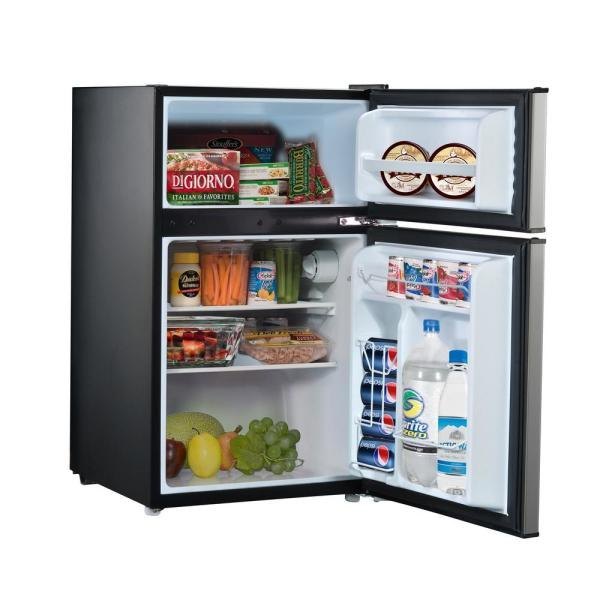

Mini fridge repair is a valuable skill to have, as these compact appliances are commonly used in dorm rooms, offices, and small apartments. When your mini fridge malfunctions, it's important to troubleshoot and repair it to avoid food spoilage and the inconvenience of needing to purchase a new a…

Mini fridge repair is a valuable skill to have, as these compact appliances are commonly used in dorm rooms, offices, and small apartments. When your mini fridge malfunctions, it's important to troubleshoot and repair it to avoid food spoilage and the inconvenience of needing to purchase a new appliance. Here's a guide to help you with mini fridge repair:
Safety First: Before you start any repair, unplug the mini fridge from the power source. This is crucial to prevent electrical accidents.
Diagnose the Problem:
Tools and Parts: Before you start, gather the necessary tools and replacement parts. Common tools include a screwdriver, pliers, a multimeter for testing electrical components, and a flashlight. Replacement parts may include thermostats, fans, compressors, or gaskets. Be sure to check your mini fridge's user manual for specific part numbers and guidelines.
Cleaning and Maintenance: In some cases, cleaning the coils and condenser fan may resolve cooling problems. Dust and debris can accumulate, reducing the fridge's efficiency. Regular maintenance can prevent many issues from occurring.
Follow the Manual: Consult the user manual for your mini fridge to understand its specific components, wiring, and maintenance requirements. The manual can be an invaluable resource when diagnosing and repairing issues.
Safety Guidelines: When dealing with electrical components, always observe safety precautions, especially if you're not experienced in electrical work. If in doubt, consider seeking professional help.
Seek Professional Help: If the problem is beyond your skill level, or if the appliance is still under warranty, it's wise to contact the manufacturer's customer service or a certified technician. Attempting complex repairs without the right expertise may worsen the problem or void the warranty.
Preventive Measures: After successful mini fridge repair, consider preventive measures such as keeping the coils clean, checking the door seals regularly, and avoiding overloading the appliance.
Mini fridge repair can be a cost-effective solution to prolong the life of your appliance. Basic troubleshooting, safety measures, and some DIY skills can help you address common issues. However, for complex problems or if you're unsure about the repair process, it's best to consult a professional technician to ensure the safe and efficient operation of your mini fridge.
Call Machine Repair Nairobi, for a quick fix at Home. A technician will be deployed to your address to diagnose and fix your broken appliance / machine
Call 025570499 Now!Armco Fridge Repair in Nairobi: Keeping Your Cooling Comfort Intact When your Armco fridge encounter…
Read MoreBlood Bank Fridge Repair in Nairobi, Kenya Blood bank fridges are essential for storing blood and bl…
Read MoreBosch Fridge Repair in Nairobi: Keeping Your Cooling Comfort Intact When your Bosch fridge encounter…
Read MoreElectrolux Fridge Repair in Nairobi: Keeping Your Cooling Comfort Intact When your Electrolux fridge…
Read MoreFaulty Fridge Thermostat? Symptoms & Solutions A malfunctioning fridge thermostat can disrupt yo…
Read MoreSamsung fridges are popular appliances known for their innovative features and sleek design. However…
Read MoreFisher & Paykel Fridge Repair in Nairobi: Keeping Your Cooling Comfort Intact When your Fisher &…
Read MoreFrench door refrigerators are a popular choice for many homeowners due to their sleek design and amp…
Read MorePurpose of Fridge Compressors: Fridge compressors are a critical component in refrigeration systems,…
Read MoreFridge Defrost System Repairs in Nairobi Fridge defrost system repairs are essential for maintaining…
Read MoreFridge Defrosting Issues? Symptoms & Solutions Understanding Fridge Defrosting Problems Refriger…
Read MoreFridge Defrosting Service in Nairobi Fridge defrosting is a critical maintenance task for households…
Read More+254 725 570 499
Waiyaki Way, Nairobi Kenya
info@machinerepairnairobi.com